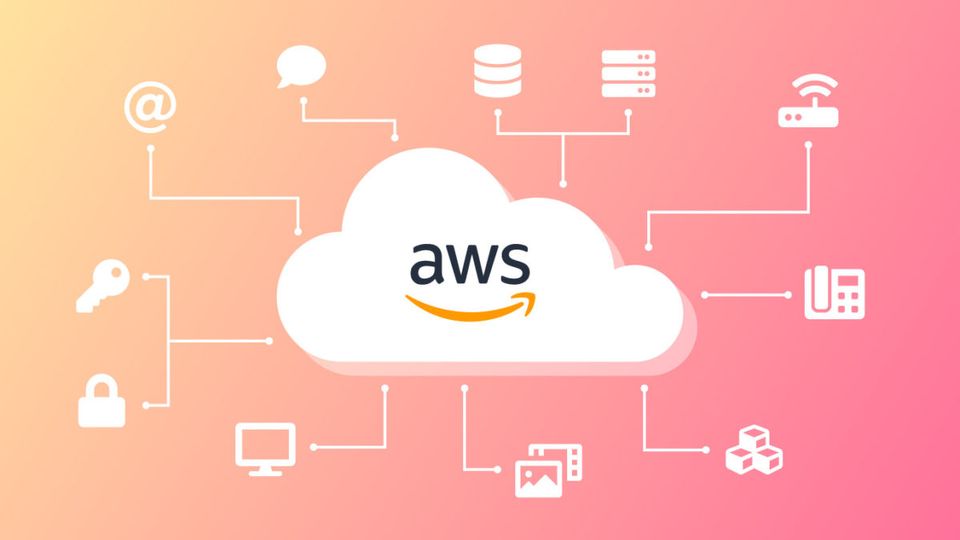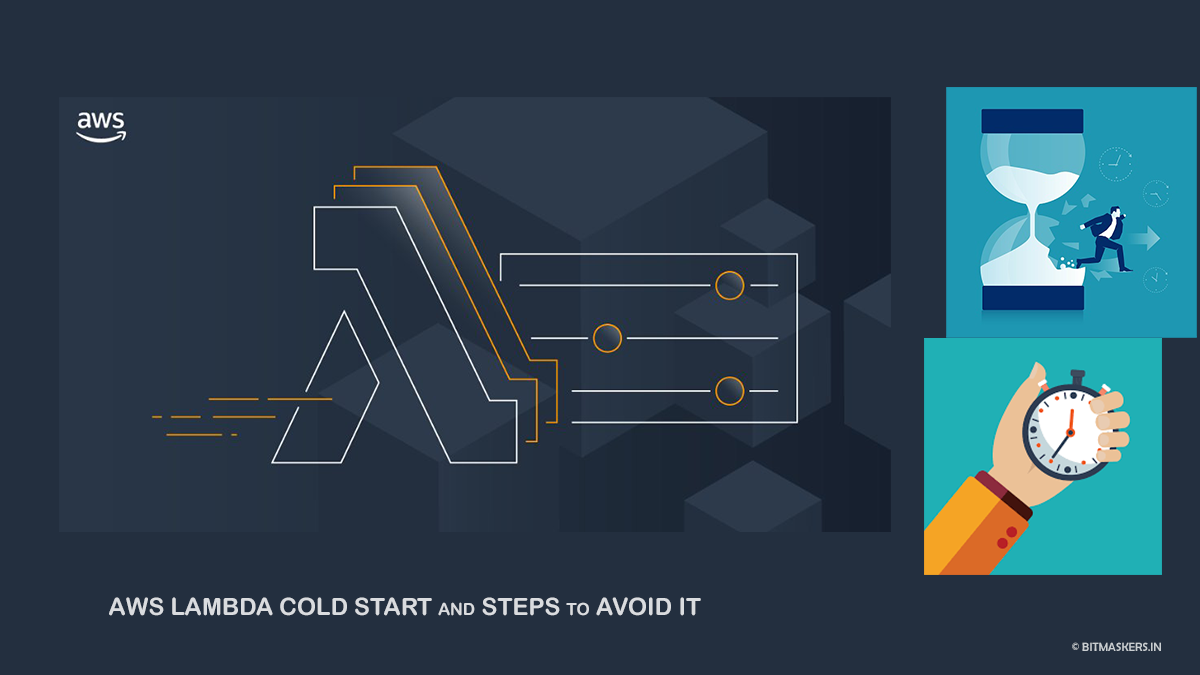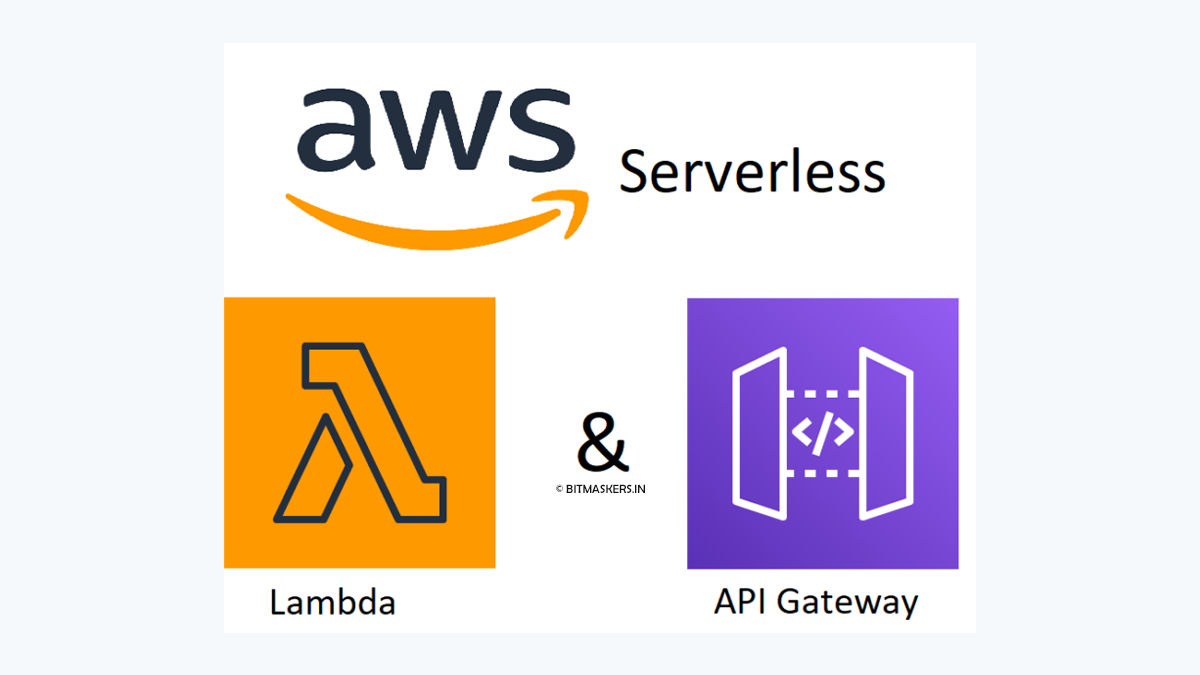Let's first clear some basics!
What is AWS ?
- Amazon Web Services (AWS) is the world’s most comprehensive and broadly adopted cloud platform, offering over 200 fully featured services from data centers globally.
- Amazon web service is a platform that offers flexible, reliable, scalable, easy-to-use, and cost-effective cloud computing solutions.
- AWS (Amazon Web Services) is a comprehensive, evolving cloud computing platform provided by Amazon that includes a mixture of infrastructure as a service (IaaS), platform as a service (PaaS), and packaged software as a service (SaaS) offerings.
What does AWS allows us to do ?
AWS allows you to do the following things
- Running web and application servers in the cloud to host dynamic websites.
- Securely store all your files on the cloud so you can access them from anywhere.
- Create chatbots.
- Generate Insights on Data using the power of AI and ML.
- Using managed databases like MySQL, PostgreSQL, Oracle, or SQL Server to store information.
- Deliver static and dynamic files quickly around the world using a Content Delivery Network (CDN).
- Send bulk email to your customers.
Some Terminologies
- Region — Physical location around the world where AWS keeps cluster data centers.
- Availability Zone — It is simply a data center. An Availability Zone (AZ) is one or more discrete data centers with redundant power, networking, and connectivity in an AWS Region.
- Edge Location — They are CDN (Content Delivery Network) endpoints for
Cloud Front. It makes you content delivery faster.
AWS Services
Compute
- EC2 (Elastic Compute Cloud) — These are just the virtual machines in the cloud on which you have the OS level control. You can run whatever you want in them.
- Lambda — AWS’s serverless technology that allows you to run functions in the cloud. It’s a huge cost saver as you pay only when your functions execute.
- ECS (Elastic Container Service) — Amazon Elastic Container Service (Amazon ECS) is a fully managed container orchestration service.
- EKS (Elastic Container Service for Kubernetes) — Amazon Elastic Kubernetes Service (Amazon EKS) gives you the flexibility to start, run, and scale Kubernetes applications in the AWS cloud or on-premises.
Storage
- S3 (Simple Storage Service) — Storage service of AWS in which we can store objects like files, folders, images, documents, songs, etc.
- EFS (Elastic File System) — Provides file storage for use with your EC2 instances. It uses the NFSv4 protocol and can be used concurrently by thousands of instances.
- Glacier — It is an extremely low-cost archival service to store files for a long time like a few years or even decades.
Databases
- DynamoDB — It is a highly scalable, high-performance NoSQL database. It provides single-digit millisecond latency at any scale.
- RDS (Relational Database Service) — Allows you to run relational databases like MySQL, MariaDB, PostgreSQL, Oracle, or SQL Server. These databases are fully managed by AWS
- Elasticache — It is a way of caching data inside the cloud. It can be used to take a load off of your database by caching the most frequent queries.
- RedShift — Amazon Redshift is a fully-managed petabyte-scale cloud-based data warehouse product designed for large-scale data set storage and analysis. It is also used to perform large-scale database migrations.
Artificial Intelligence
- Lex — Allows you to quickly build chatbots.
- SageMaker — Helps you to build, train, and deploy machine learning models at any scale.
- Polly — AWS’s text-to-speech service. You can create audio versions of your notes using it.
Networking and Content Delivery
- VPC (Virtual Private Cloud) — It is simply a data center in the cloud in which you deploy all your resources. It allows you to better isolate your resources and secure them.
- CloudFront -It is AWS’s Content Delivery Network (CDN) that consists of Edge
locations that cache resources. - Route53 — It is AWS’s highly available DNS (Domain Name System) service. You can register domain names through it as well as fully manage CNAME records.
- API Gateway — Allows you to create, store, and manage APIs at scale.
Management Tools
- CloudWatch — It can be used to monitor AWS environments like CPU utilization of EC2 and RDS instances and trigger alarms based on different metrics.
- CloudFormation — It is a way of turning infrastructure into the cloud. You can
use templates to provision a whole production environment in minutes.
The list can go on and on...
Hope you like this. Cheers.





